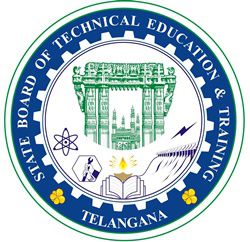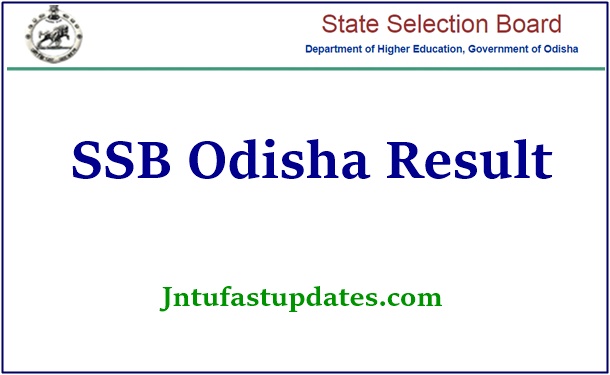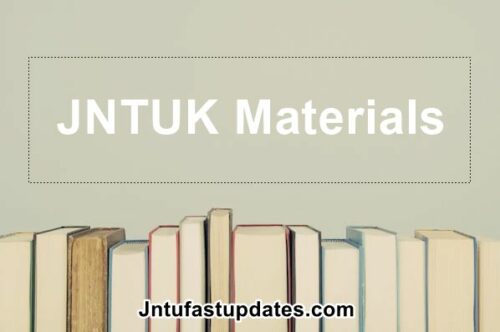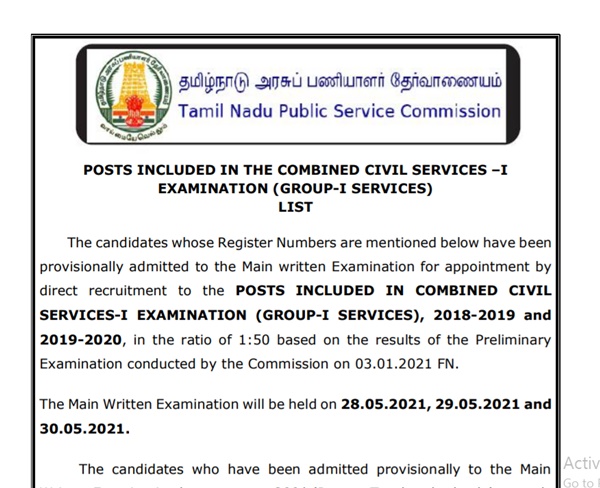JNTUK R20 1-1 Programming for Problem Solving using C Material PDF Download
Students those who are studying JNTUK R20 CSE, ECE, EEE, IT, Mech Branches, Can Download Unit wise R20 1-1 Programming for Problem Solving using C Material/Notes PDFs below.
JNTUK R20 1-1 Programming for Problem Solving using C Material PDF Download
OBJECTIVES:
- To learn about the computer systems, computing environments, developing of a computer program and Structure of a C Program
- To gain knowledge of the operators, selection, control statements and repetition in C
- To learn about the design concepts of arrays, strings, enumerated structure and union types and their usage.
- To assimilate about pointers, dynamic memory allocation and know the significance of Preprocessor.
- To assimilate about File I/O and significance of functions
UNIT-1
Introduction to Computers: Creating and running Programs, Computer Numbering System, Storing Integers, Storing Real Numbers
Introduction to the C Language: Background, C Programs, Identifiers, Types, Variable, Constants, Input/output, Programming Examples, Scope, Storage Classes and Type Qualifiers.
Structure of a C Program: Expressions Precedence and Associativity, Side Effects, Evaluating Expressions, Type Conversion Statements, Simple Programs, Command Line Arguments.
Download UNIT-1 Material PDF
UNIT-2
Bitwise Operators: Exact Size Integer Types, Logical Bitwise Operators, Shift Operators. Selection & Making Decisions: Logical Data and Operators, Two Way Selection, Multiway Selection, More Standard Functions.
Repetition: Concept of Loop, Pretest and Post-test Loops, Initialization and Updating, Event and Counter Controlled Loops, Loops in C, Other Statements Related to Looping, Looping Applications, Programming Examples.
Download UNIT-2 Material PDF
UNIT-3
Arrays: Concepts, Using Array in C, Array Application, Two Dimensional Arrays, Multidimensional Arrays, Programming Example – Calculate Averages
Strings: String Concepts, C String, String Input / Output Functions, Arrays of Strings, String Manipulation Functions String/ Data Conversion, A Programming Example – Morse Code
Enumerated, Structure, and Union: The Type Definition (Type def), Enumerated Types, Structure, Unions, and Programming Application.
Download UNIT-3 Material PDF
UNIT-4
Pointers: Introduction, Pointers to pointers, Compatibility, L value and R value
Pointer Applications: Arrays, and Pointers, Pointer Arithmetic and Arrays, Memory Allocation Function, Array of Pointers, Programming Application.
Processor Commands: Processor Commands.
Download UNIT-4 Material PDF
UNIT-5
Functions: Designing, Structured Programs, Function in C, User Defined Functions, InterFunction Communication, Standard Functions, Passing Array to Functions, Passing Pointers to Functions, Recursion
Text Input / Output: Files, Streams, Standard Library Input / Output Functions, Formatting Input / Output Functions, Character Input / Output Functions
Binary Input / Output: Text versus Binary Streams, Standard Library, Functions for Files, Converting File Type.
Download UNIT-5 Material PDF
TEXT BOOKS:
- Programming for Problem Solving, Behrouz A. Forouzan, Richard F.Gilberg, CENGAGE.
- The C Programming Language, Brian W.Kernighan, Dennis M. Ritchie, 2e, Pearson.
REFERENCE BOOKS:
- Computer Fundamentals and Programming, Sumithabha Das, Mc Graw Hill.
- Programming in C, Ashok N. Kamthane, Amit Kamthane, Pearson.
- Computer Fundamentals and Programming in C, Pradip Dey, Manas Ghosh, OXFORD.
OUTCOMES:
- To write algorithms and to draw flowcharts for solving problems
- To convert flowcharts/algorithms to C Programs, compile and debug programs
- To use different operators, data types and write programs that use two-way/ multiway selection
- To select the best loop construct for a given problem
- To design and implement programs to analyze the different pointer applications
- To decompose a problem into functions and to develop modular reusable code
- To apply File I/O operations
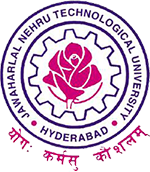

320-x100(1).gif)

